Autonomous robot dogs are highly advanced machines that are transforming the manufacturing industry. These specialized robotic innovations are being used to tackle complex challenges in production, maintenance, and logistics.
These versatile machines are designed to navigate intricate environments. They replicate the movements of real dogs, utilizing state-of-the-art sensors, cameras, and software, which enables them to perform tasks that require mobility, dexterity, and decision-making in dynamic conditions.
Interface products aid in the development and testing of robotic dogs, providing precise measurements for performance analysis.
By integrating Interface’s advanced force measurement technologies into robot dogs, manufacturers can achieve higher precision and functionality, enhancing the overall performance of their robots.
Types of Interface Products Used in Robotic Dogs
- Load cell force data can help to adjust grip strength, ensuring they apply just the right amount of force without damaging either the item or themselves.
- Load button load cells integrated into the robot’s feet measure ground contact forces, which are crucial for assessing stability and balance.
- Multi-axis sensors capture complex force and torque data during dynamic movements, aiding in locomotion optimization and stress analysis.
- Wireless instruments enable real-time data transmission, facilitating field testing and performance monitoring.
- Mini Load Cells provide data to autonomously adjust their movement and force application when lifting or moving a component.
These technologies collectively contribute to evaluating stability, analyzing movements, assessing performance across terrains, and ensuring the robot’s long-term durability.
Robotics Dogs Use Cases in Manufacturing
Robotic dogs are already being deployed in manufacturing environments for various tasks, including quality monitoring, inventory management, security, and safety checks. The following highlights the use of robotic dogs in various manufacturing functions.
#1 Inspection and Monitoring: By utilizing Interface’s force sensors, robot dogs can be programmed to measure the forces acting on machinery or products, allowing them to detect subtle changes in force or pressure that may indicate potential issues.
#2 Object and Material Handling: Force sensors can be used to accurately measure the amount of force applied by the robot dog when it handles or manipulates objects. This ensures that delicate materials are not damaged and heavy items are handled safely.
#3 Predictive and Routine Maintenance: By integrating load cells and force sensors, robot dogs can collect valuable data that can be used for predictive maintenance. For instance, the sensors can monitor the performance of various machines in the facility, recording changes in force or load that may indicate wear and tear. This data can be analyzed to predict when maintenance is needed, preventing equipment failure and reducing costly downtime.
#4 Security Patrols: Robotic dogs provide continuous, mobile surveillance in diverse environments, enabling them to detect anomalies and navigate challenging terrains, thereby increasing security efficiency. They can patrol hazardous areas, reducing human risk, and are used in military, industrial, and private security settings for persistent monitoring.
#5 Hazardous Environments: Robotic dogs excel in hazardous environments by remotely navigating and inspecting dangerous areas, minimizing human risk. Equipped with sensors and cameras, they collect vital data from facilities, thereby enhancing safety and enabling informed decisions without requiring direct human exposure.
The combination of autonomous robot dogs and Interface’s advanced load cells and force sensors represents a powerful leap forward in the manufacturing industry. As the world continues to move toward more automated and intelligent manufacturing processes, the role of autonomous robot dogs will become increasingly critical, with Interface sensors playing a key role in ensuring precision and reliability.
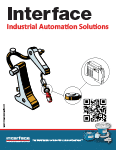
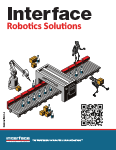

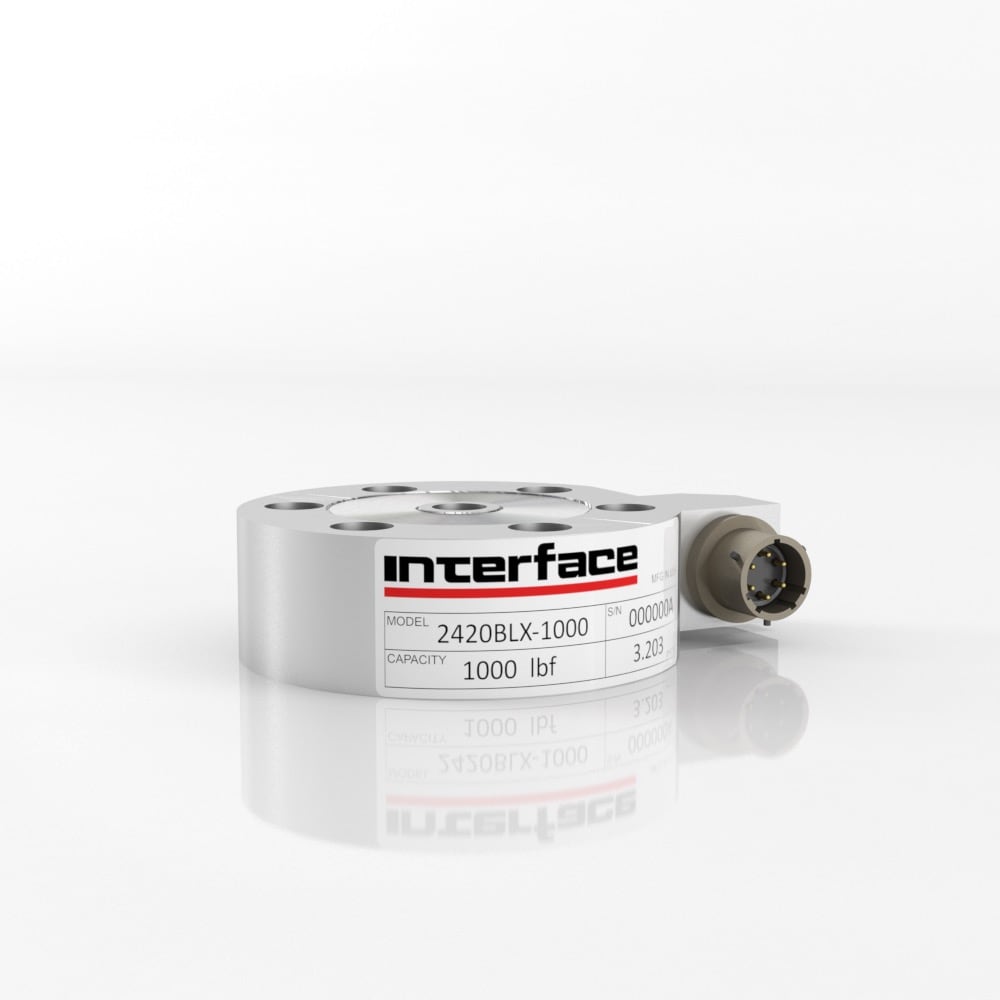

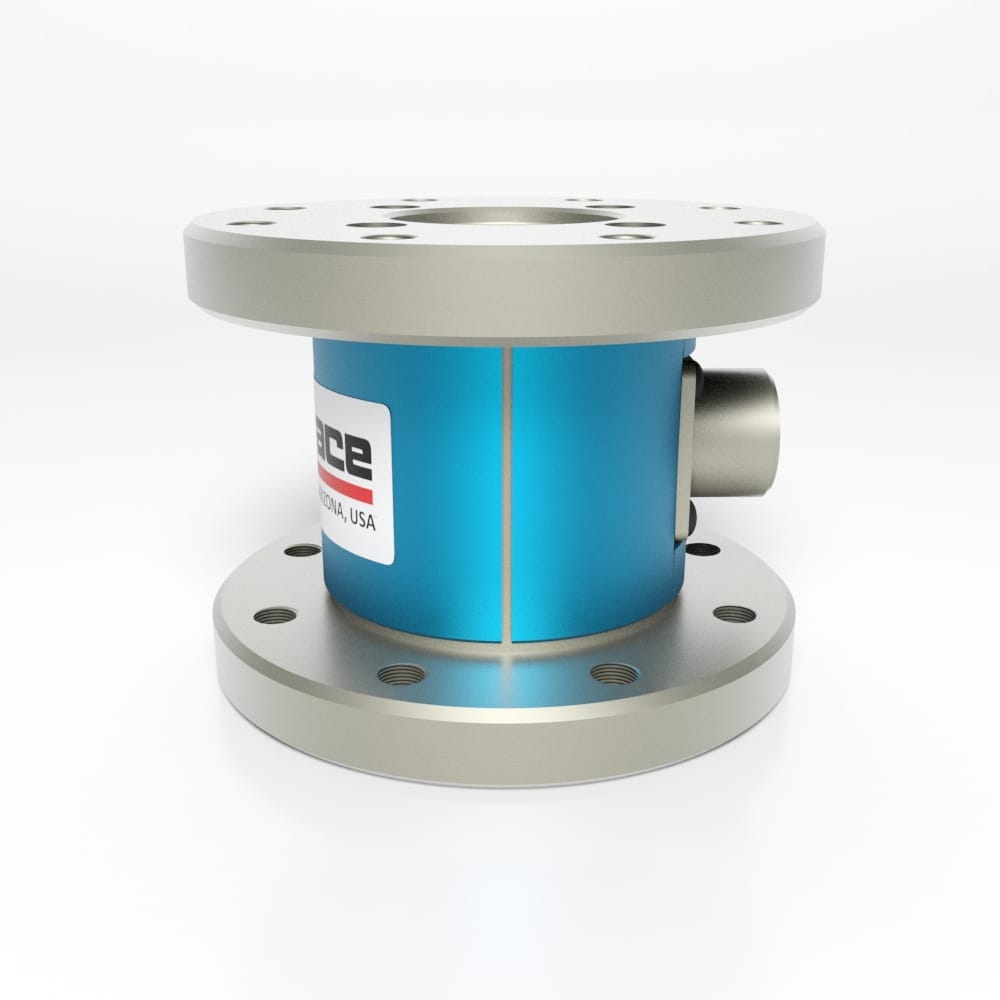



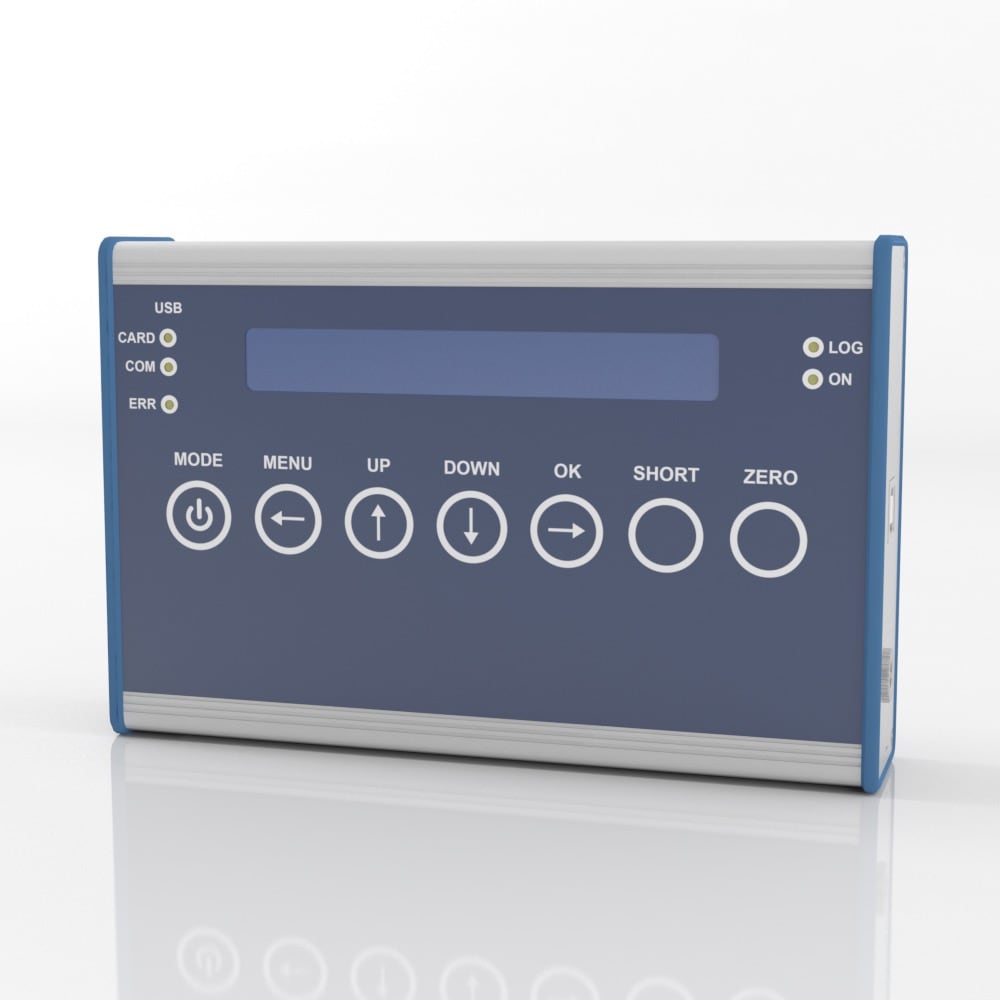
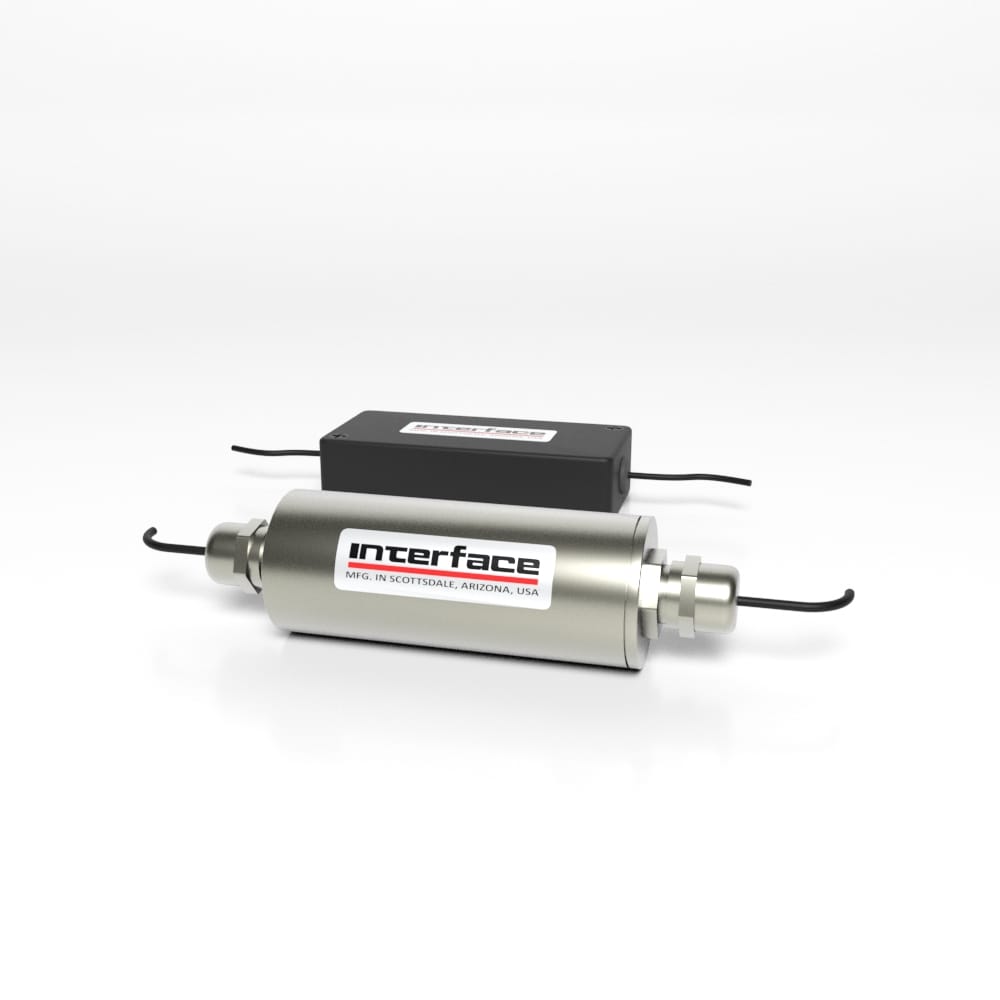
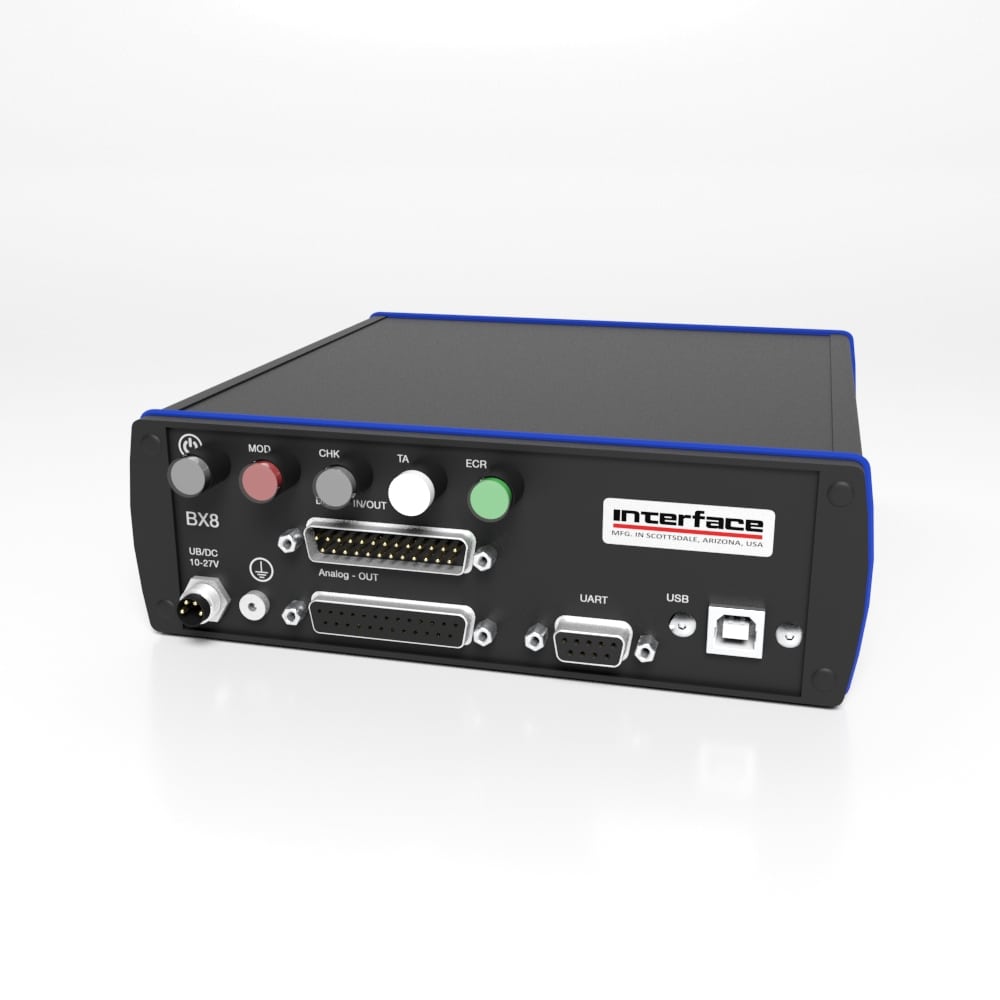


Wireless Telemetry Systems 101
/in 101 Series, Blog /by Jamie GlassInterface offers a wide range of wireless telemetry products including load cells, transmitters, bases, communication modules and data acquisition systems. A wireless telemetry system enables the remote measurement and transmission of data from one location to another without the need for physical wired connections. Components in wireless telemetry systems typically include sensors, transducers, instrumentation, communication modules, transmitters, displays and printers. Learn more about Interface WTS products in our Wireless Telemetry Systems 101 overview.
Engineered Solutions for Lifting Webinar
/in Virtual Event /by Jamie GlassInterface’s technical webinar Engineered Solutions for Lifting details measurement devices used in lifting equipment, machines, and vehicles to improve operations and safety. Interface load cells and instrumentation are used to operate cranes, hoist heavy objects, and measure forces in infrastructure projects. Interface experts answer how load cells are used in safety monitoring for lifting equipment. Learn about Interface sensor products suited for integration into existing equipment and test and measurement projects.
Center of Gravity Testing in Robotics Demands Precision Load Cells
/in Blog, Industrial Automation /by Jamie GlassInterface specializes in precision force measurement solutions. There are different methods for determining the CoG of a robotic system. One common method is to use strain gage load cells. Not all load cells are designed for precision measurement. Center of gravity testing demands strict measurement. For example, Interface compression load cells are often used in center of gravity testing for robotics because they are very accurate and can measure remarkably small forces.
Industry 5.0 and the Role of Force Measurement
/in Blog, Industrial Automation /by Jamie GlassInterface is working with industry leaders, integrators, and innovators to provide advanced sensor technologies that will support the adoption of Industry 5.0 products, with all the benefits of optimization and reliability. See how Interface load cells, load buttons, multi-axis sensors, data acqusition systems and wireless telemetry systems support Industry 5.0 advancements and inventions in the use of robotics, AI, cobots, systems and production efficiency machines.
Types of Robots Using Interface Sensors
/in Blog, Industrial Automation /by Jamie GlassInterface load cells and torque transducers are commonly used in the design and testing of robots to measure and monitor forces and loads experienced by various robot components. Load cells are used to measure the forces exerted by robotic arms and grippers, while torque transducers are used to measure the torque generated by motors. Multi-axis load cells are growing in use with robotic engineers throughout the R&D phases for more measurement data to make smarter decisions in design and use of the robot.
What are IO-Link Load Cells
/in Blog /by Jamie GlassIO-Link can be used with load cells in industrial applications to enable enhanced monitoring, control, and diagnostics. Interface now offers customization of our most popular load cells with IO-Link capabilities. IO-Link is designed to connect and communicate between sensors, actuators, and other industrial devices with a higher-level control system. It operates over a standard three-wire connection, typically using unshielded industrial cables, and supports point-to-point communication.
Advancing Lithium-Ion Battery Test and Measurement
/in Blog /by Jamie GlassInterface supplies load cells, instrumentation, and multi-axis sensors for testing and performance monitoring of lithium-ion batteries. To achieve the goal of improved and longer-lasting Li-ion batteries, accurate force measurement testing is needed to confirm performance, capacity, safety and fatigue. Force testing is done on the battery itself and is used for various stages within the R&D and manufacturing processes.
Vertical Farming for Sustainable Food Production on Earth and Beyond
/in Blog /by Jamie GlassWhile vertical farming is currently being explored as a way to increase food production on Earth, it also has applications in space R&D and for food sustainability projects. Interface’s case study, Vertical Farming on Earth and in Space, explores applications, products and solutions for challenges related to farming on earth and beyond. These solutions utilize load cells, multi-axis sensors, wireless instrumentation and devices for irrigation and growth monitoring systems, robotics, and farming equipment . The case study highlights innovation used in collaboration of industries in agriculture, space, and automation.
Collaborative Robots Using Interface Sensors
/in Blog, Industrial Automation /by Jamie GlassCobots are typically equipped with sensors technologies that allow them to detect the presence of humans and react accordingly. Force measurement sensors are often used in collaborative robots to provide feedback on the force being applied during a task. There are several types of force measurement sensors that can be used in cobots, including load cells, torque transducers, miniature load cell load buttons and multi-axis sensors.
Interface Manufacturing and Production Solutions
/in Blog, Industrial Automation /by Jamie GlassInterface offers manufacturing and production standard off-the-shelf, engineered to order and complete OEM solutions including load cells, instrumentation and weighing devices. Our products provide the quality and durability necessary within industrial environments. In addition, we can customize the majority of our products to fit unique and evolving needs as sensor technologies like robotics and advanced manufacturing devices are integrated into production lines.